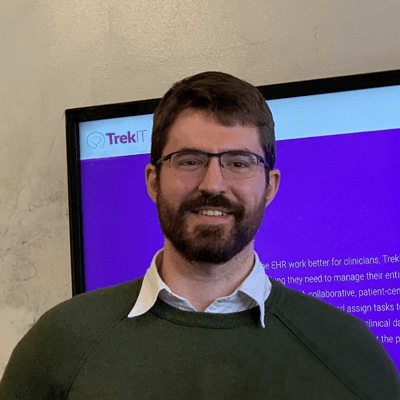Read Part 1 – The Incident and Part 2 – The Consequences to get up to speed.
You may know that seizures are very well controlled by more than one narcotic. In fact, they are well controlled by both of the narcotics we carried in the truck. What you may not know is that medics have pretty tight heuristics for what to use, and in what order, much like an order set or clinical pathway. I gave narcotic B both times. First, and most importantly to me, there was no patient harm. However, there was a whole host of documentation errors and checks/balances that failed:
1 – The wrong medication was given
2 – The wrong medication was replaced (A big deal, because..narcotics)
3 – The Pharmacy didn’t check the empties returned to them (One check failed)
4 – My partner and I didn’t notice that or the new narc (Second check failed)
5 – Neither of us saw the mismatch of narcotics in the box when we turned the truck over at shift end (third check failed)
6 – Both of us documented Narc A (But narc B was used)
7 – Both of us immediately went to sleep post call, and charted a few hours later when we awoke
8 – Our documentation of the call was garbage, and our memories of the night very suspect
It’s like working at a post office, where the letters keep coming. The calls to respond to patients continue to file in, one after another – it’s an impossible pace that lends itself to mistakes.
What could be improved? An endless amount of protocols and technology upgrades. The piece of paper and clipboard I was using isn’t going to benefit the patient. Especially when the medic is under duress and zoned out.
I’ve since moved on from my dead-eyed days, but I carry with me this badge of dishonor. I simply couldn’t execute or function on a high level because of the system in place.
I carry these stories with me as a reminder that what many of us do is hard, but extremely important. Please reach out to me if this bothers/inspires/troubles/intrigues you. Openly sharing our experiences with burnout will assist healthcare leaders in giving clinicians what they need and deserve to improve patient care – better tech, better processes and better access to support. Thank you for reading my story.


 PWeekly
PWeekly